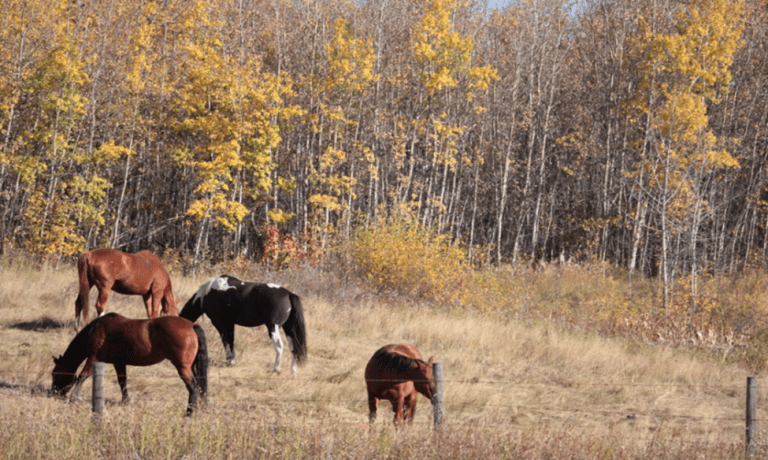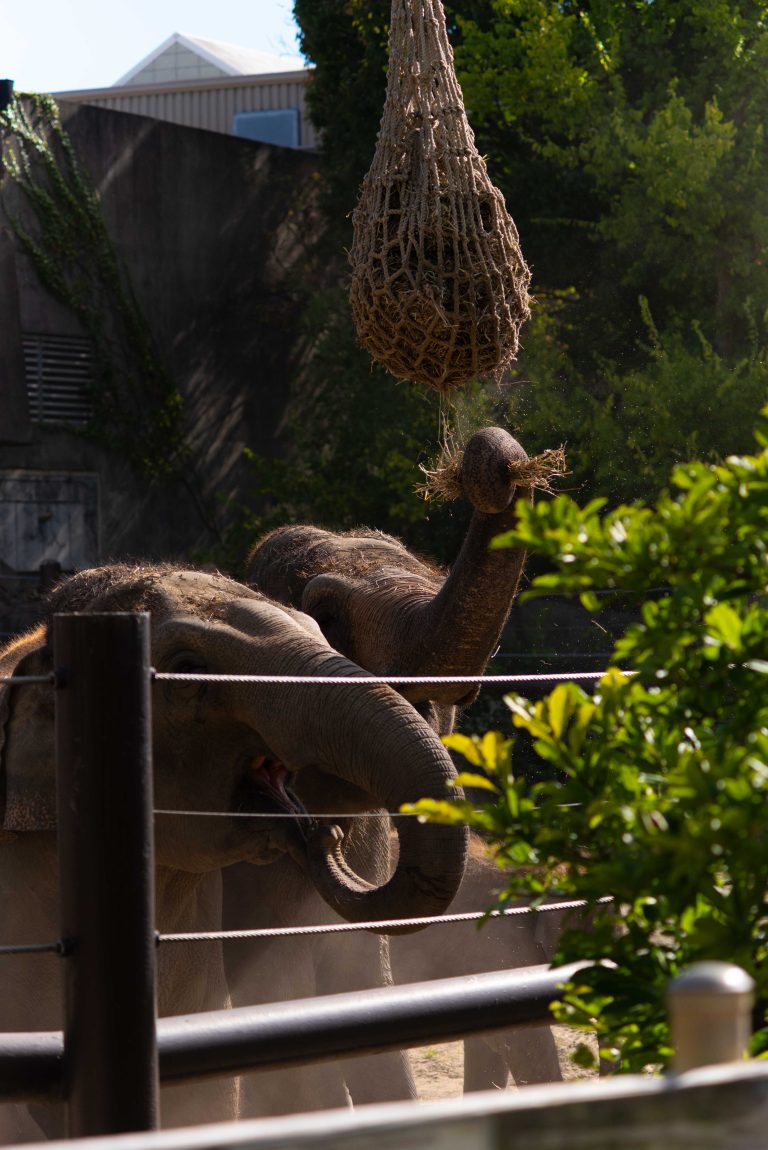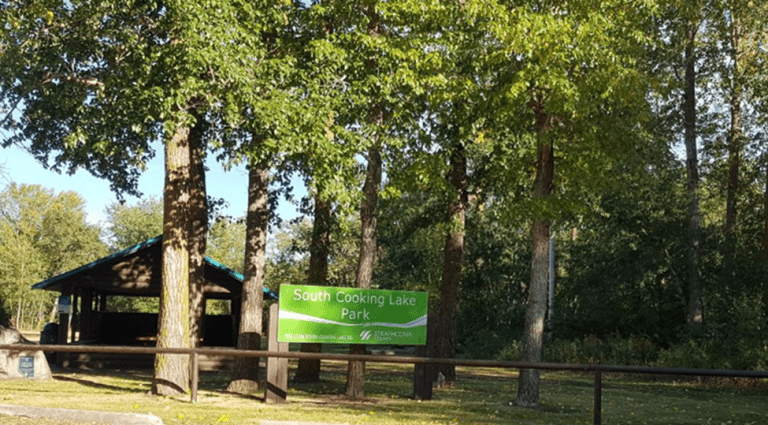- The Baltic Sea is closed and shallow
- Helsinki City Council decided in principle to stop dumping snow to the sea in 2019.
- The city “has been looking” for a spot to store snow near where it’s been removed since then
- Pekka Isoniemi, head of the urban environment division of the city of Helsinki, claims the snow is clean
- The city has been using a curtain barrier in the sea to catch the biggest trash since 2021
- The curtain barrier does not stop microplastics ending up into the sea
- More than fifty million microplastic particles end up in the sea off Helsinki in a normal snow winter.
- The amount of rubbish that ends up in the sea is about 10,000 kilograms each winter.
- The City of Helsinki obeys the Green Agenda
- “Although the curtain barrier is broken, the dumping of snow into the sea cannot be stopped because Pea Island plays a huge role in the maintenance of the inner city”
- Nearby are important natural habitats for underwater life, such as marine vegetation and mussels.
- Esa Nikunen points out that dumping snow into the sea is the least bad of all the bad options when considering all the environmental impacts combined.
- Transporting snow to a land-based snow dump causes “quite a truck rally,” creating emissions
- Dense construction and urban planning – more Profit
- Legal action against the city of Helsinki
- Future plans: to use the return water from the district heating network for snow melting
- Helsinki’s district heat is mainly produced with coal, so large-scale utilization of the district heating network would only increase coal emissions.”

The city of Helsinki and the capitol area cities next to it, are on the shore of the Baltic sea, more precisely on the Gulf of Finland.
The sea is used by leisure time fishing, yachting, sailing and there’s regular ship connections to Europe (yes, that’s the common saying although we’re politically in Europe).
The Baltic Sea is closed and shallow
- The Baltic Sea is connected only to the Atlantic Ocean only via the Danish straits
- Its salinity is low, only about a fifth of that of the oceans
- The Baltic Seas’ average depth is 54 meters, the average depth in the oceans is up to 3,8 kilometers
This means the water doesn’t change as much in oceans.

The City of Helsinki keeps dumping dirty snow into the sea
Pekka Isoniemi, head of the urban environment division of the city of Helsinki, claims the snow is clean. Every driver is responsible for ensuring that the snow is clean, there must be no chemicals.
He admits there are or rather “there may be a sanding game or cigarette butts in the mix.”
This statement is false.
Nearly 100 kilograms of microplastics
It was 2009-2010 they measured 3 meters of sand accumulated on the bottom of the sea after the snow season. The sand must be removed later.
The Ministry of the environment published a study that in 2020, several thousand kilograms of rubbish and more than fifty million microplastic particles end up in the sea off Helsinki in a normal snow winter.
According to the Finnish Nature Conservation Association, the amount of rubbish that ends up in the sea is about 10,000 kilograms each winter. During snow-rich winters, the amount is up to 18,000 kilograms.

The curtain barrier does not stop microplastics ending up into the sea
The city has been using a curtain barrier in the sea to catch the biggest trash since 2021. It’s about 500 meters long and four meters high, a dense curtain that catches the floating debris that ends up in the sea with the snow. Cigarette ends, face masks, plastic.
A final report on the environmental impact of the curtain barrier has not yet been published.
What is known, however, is that despite the curtain barrier, almost 100 kilograms of microplastics end up in the sea from Hernesaari (Pea Island) each year due to snow.
Proliferation, equilibrium.
Microplastics also end up in the sea from Viikki and Kyläsaari when the snow is dumped in the purified wastewater.
What about chemicals that transfer into the snow from car tires, engines, the salt, or chemicals used for melting the ice on the bigger roads?
The curtain barrier was broken 2022
According to Isoniemi, dumping snow into the sea did not cause major environmental damage.
This is a false statement also!
“Although the curtain barrier is broken, the dumping of snow into the sea cannot be stopped because Pea Island plays a huge role in the maintenance of the inner city”, he said.
This year, rubbish will also be reduced with the help of a new air pipe network. A 24-metre underwater pipe aims to collect debris from the water.
In addition, a bucket loader has been added to the ship in front of the harbor, which keeps the area molten, to collect rubbish from the water’s surface.
A snow-melting device has also been installed on the ship this year.
Does it run on fossil fuels or electricity? No answer.
The measures will reduce the amount of litter but won’t prevent microplastics from entering the sea, which is the bigger problem.
Nearby are important natural habitats for underwater life, such as marine vegetation and mussels. Opposite Pea Island, Rowan Island has a significant Bird Area, and microplastics could end up there.

Lesser of two evils -strategy
The City of Helsinki environmental director Esa Nikunen points out that dumping snow into the sea is the least bad of all the bad options when considering all the environmental impacts combined.
Transporting snow to a land-based snow dump causes “quite a truck rally,” creating emissions and, at worst, traffic jams.
The City of Helsinki obeys the fashionable Green agenda to cut Carbon emissions, they can’t agree on the truck rally to get rid of the snow.
Dense construction and urban planning – more Profit
The land is too expensive to use for snow storage, especially in the southern tip of the inner city.
City planning and permissions would have had to be stricter about the dense construction and zoning, cities need to plan how to store the snow here in Finland!
They wanted more Profit.
Helsinki City Council decided in principle to stop dumping snow to the sea in 2019.
The city “has been looking” for a spot to store snow near where it’s been removed since then, yet it’s clear for everyday people they won’t find any, the free land area gets smaller each year because of housebuilding.
This is like from the fairy tale book Hölmölä, “Silly town”.
The Finnish Association for Nature Conservation blames city for slowness.

Legal action against the city of Helsinki
The Centres for Economic Development, Transport, and the Environment (ELY Centres) decided in spring 2022, that Helsinki was required to apply for an environmental permit for this action.
The application process is still ongoing.
The Finnish Association for Nature Conservation & Helsinki nature conservation association made a statement about this to the Regional State Administrative Agency of Southern Finland on Monday.
They hope the permit will be denied.
“If the city gets the permit, and the permit violates environmental laws, we will have to consider filing an appeal with the Administrative Court.”
Legalism? The city can spend years fighting in court while the polluting goes on.
Who is the green here!
The city is caught between a rock and a hard place
Street maintenance is constantly “between the two fires”, as there are plenty of complaints about snow on the streets. Last winter, about 15,000 official complaints were about streets that were too snowy.
Future plans: to use the return water from the district heating network for snow melting
Another option would be to use the return water from the district heating network for snow melting. This is Nikunen’s vision for the future as a solution to Helsinki’s snow problem if the district heating network itself becomes more environmentally friendly.
“– My vision is that in the future, the water in the district heating network will be utilized when it is returning to the plant. Now, however, Helsinki’s district heat is mainly produced with coal, so large-scale utilization of the district heating network would only increase coal emissions.”
Here we’re getting to the Carbon agenda again, which seems to be more important than microplastic and chemicals polluting our sea, ending up to wildlife and humans.





































